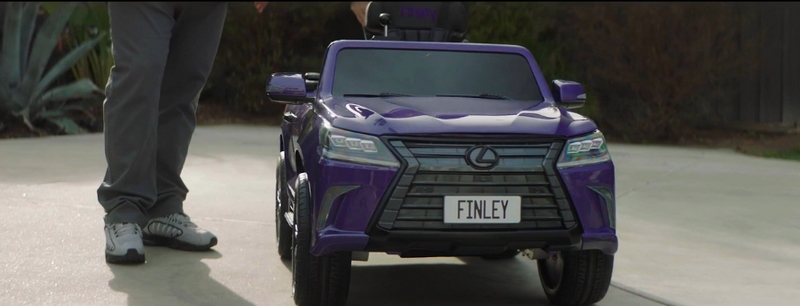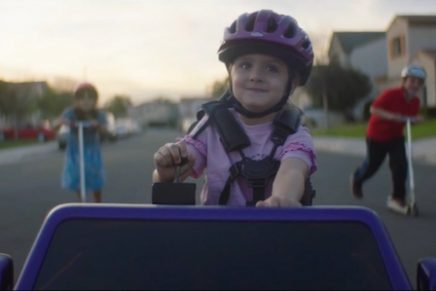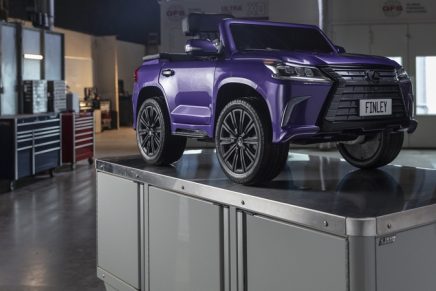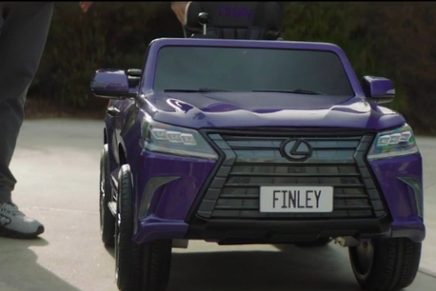Lexus and Cerebral Palsy Foundation Team Up to Create Child’s Accessible Ride-on Vehicle.
Collaboration celebrates March National Cerebral Palsy Awareness Month with one-of-a-kind, ride-on car for child with cerebral palsy.
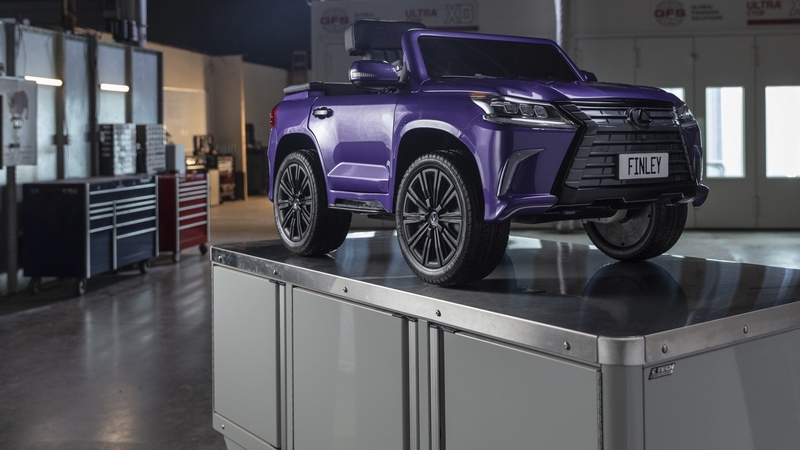
Lexus and the Cerebral Palsy Foundation (CPF) create a one-of-a-kind ride-on vehicle inspired by children with cerebral palsy. @Lexus x @Cerebral Palsy Foundation
Lexus and the Cerebral Palsy Foundation (CPF) create a one-of-a-kind ride-on vehicle inspired by children with cerebral palsy.
For children with cerebral palsy, one of the greatest challenges is being able to participate in their environment and play as other children do.
Lexus and the Cerebral Palsy Foundation (CPF) have joined forces to create a one-of-a-kind ride-on vehicle inspired by children with cerebral palsy. The collaboration combines Lexus’ human-centric design philosophy with CPF’s mission of improving the lives of people with cerebral palsy and opening up the world of possibilities.
“We create vehicles around the art and science of human needs. In this case, we wanted to push the envelope and explore what that might mean for a child with cerebral palsy who hasn’t been able to experience the joy of mobility like other children have,” said Cooper Ericksen, Lexus group vice president, product planning & strategy.
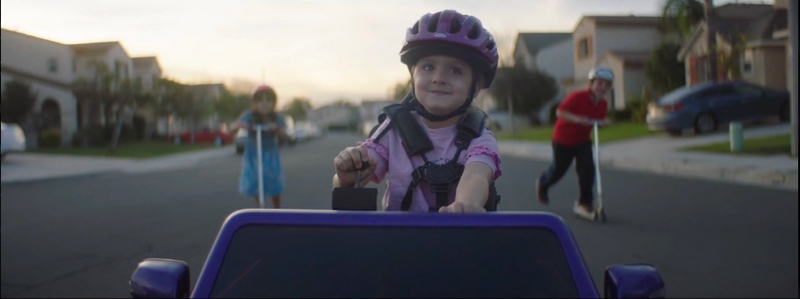
Lexus and the Cerebral Palsy Foundation (CPF) create a one-of-a-kind ride-on vehicle inspired by children with cerebral palsy. @Lexus x @Cerebral Palsy Foundation
The ride-on vehicle was revealed to its recipient, Finley Smallwood, in March – a month also designated as National Cerebral Palsy Awareness Month. Together, Lexus and the Cerebral Palsy Foundation identified specific mobility challenges faced by children with cerebral palsy, and Finley in particular.
Because it can be difficult for Finley to sit for long periods of time, modifications were first made to the seat, adding side padding for lateral support around her waist along with an adjustable headrest and a five-point harness. Her customized ride-on car also includes increased door size and reduced ground clearance to allow for ease of entry and exit.
Many children with cerebral palsy don’t have the strength to be able to hold and turn a steering wheel consistently for a given period of time, and mobility challenges can make using a foot pedal impossible. Adding something as simple as an armrest joystick allows Finley the ability to control the direction and acceleration of the vehicle without the need for foot pedals or holding a steering wheel for an extended period of time — giving her the freedom to drive just like any other child.

